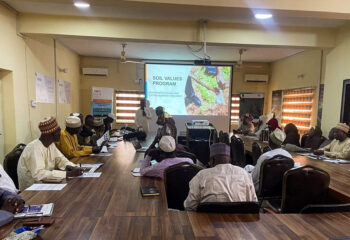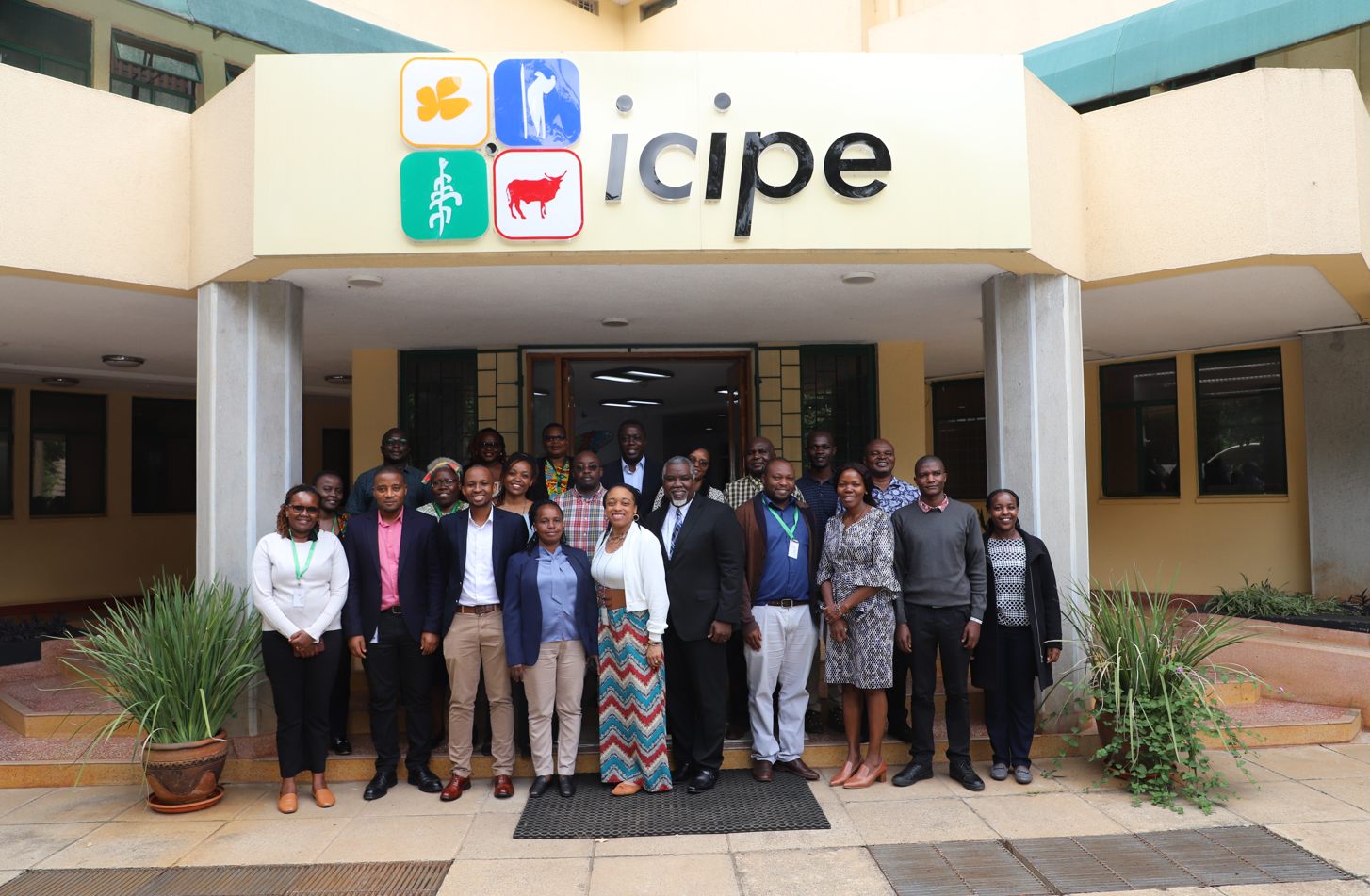March 20th, 2013 – BOBO-DIOULASSO, Burkina Faso – The United States government supports the cotton sector in West and Central Africa through the U.S. Agency for International Development’s (USAID) West African Cotton Improvement Program (USAID WACIP). The program covers Benin, Burkina Faso, Chad and Mali, commonly known as the C-4 countries, plus Senegal. USAID WACIP is helping increase farmers’ incomes in cotton-growing areas and increasing the added value of cotton processed by artisans and ginners. The project, which began in 2006, is implemented by the International Fertilizer Development Center (IFDC).
One of USAID WACIP’s goals is to contribute to the improvement of incomes of cotton processors (industrial and artisanal) in the C-4 countries. Specifically for ginners, the project’s intervention was designed to help companies transform their cotton ginning losses into profits through productive investments with short-term high economic returns. USAID WACIP worked with its partner in Benin, Coton et Industries du Monde, Expertise et Services Afrique (COTIMES), to design and launch a program to improve the efficiency of ginning systems. The improvements yield a higher volume of higher quality, lower cost cotton fiber. Following site-specific efficiency diagnostics, COTIMES identified inadequate equipment and plant maintenance and the need to train plant personnel. As the diagnostic recommended, a regional training workshop was organized in Segou, Mali in 2009 that brought together a dozen technical and managerial personnel from the C-4 and Senegal ginning plants. The themes of the training were: improving the decision-making process; instruments of quality control; and maintenance of the humidification equipment.
Following the training workshop, COTIMES worked with the competitively selected gins to develop investment plans. The gins included Velingara, of Sodefitex/Senegal, N’dali of ICA-GIE/Benin in 2009-2010, and Banfora 2 of SOFITEX/Burkina Faso in 2011-2012. The investments varied due to the particular configuration of each gin, but all investments involved a contribution to purchase state-of-the-art humidification equipment.
The main activities undertaken by the ginning plants were: (1) the ginning efficiency diagnostic; (2) the installation of ginning humidification equipment (SAHARA humidifier LITE-1545 and HU80 STEAMROLLER); (3) the installation of humidification control equipment (Tex Max Moisture Mirror III) and software at various stages of the ginning process, and the configuration of this equipment with the ginning management software (Ginwin Manager); (4) an accounting software (SAGE 100) at the SODEFITEX plant; and (5) training of plant staff on mitigation of fire hazards and those related to the environment and human health.
The results have been extraordinary, because they show that it is possible to recoup all of the investments in one ginning campaign. The following improvements generated the most productive results: (1) the automated adjustment of the humidity of seed cotton and cotton fiber during the ginning process generated a gain in fiber yield (0.40 to 1.0 percent) and lint length (1-1/8 inches) which is the best quality; the production of this high quality lint increased between 16 and 29 percent at the Senegal and Benin plants leading to more gain on the sale of the fiber; (2) an increase of 2 to 3 kilograms per bale in the average weight of bales of cotton fiber, which resulted in a decrease in energy consumption and packaging; and (3) a saving of more than 15,000 man-hours because of the integrated management system and the training of plant staff.
Overall, the improvements in technical equipment and in staff training helped increase annual revenue of the ginning plant Vélingara in Senegal and ICA-GIE in Benin of 175 million FCFA. At the Vélingara plant, the increase was 11,509 FCFA per ton of fiber compared to the previous crop year of 2008-2009. It may be even more important at the Banfora 2 SOFITEX plant for 2012-2013 in view of the current data (however, the ginning campaign is still ongoing).
To broadly disseminate information relating to the importance of the ginning investment packages and to present the results of these investments, USAID WACIP and SOFITEX are organizing “Open Days for Cotton Ginning” on March 26-27, 2013 in Bobo Dioulasso and Banfora, in Burkina Faso.
For more information about USAID’s WACIP activities please visit www.wacip.org.
IFDC, headquartered in Muscle Shoals, Alabama, USA, is a public international organization, governed by an international board of directors with representation from developed and developing countries. The nonprofit Center, with over 800 employees involved in projects that span more than 30 countries in Africa and Eurasia, is supported by various bilateral and multilateral aid agencies, private foundations and national governments.
IFDC focuses on increasing and sustaining food security and agricultural productivity in developing countries through the development and transfer of effective and environmentally sound crop nutrient technology and agribusiness expertise.
###
IFDC Contacts:
Ibrahim N. Sourabié
Coordinator for Burkina Faso & Communication Specialist
USAID WACIP
isourabie@ifdc.org
+226 78 04 55 55
Ursula Kohnen
Program Coordinator
USAID WACIP
ukohnen@ifdc.org
+226 78 16 56 00



